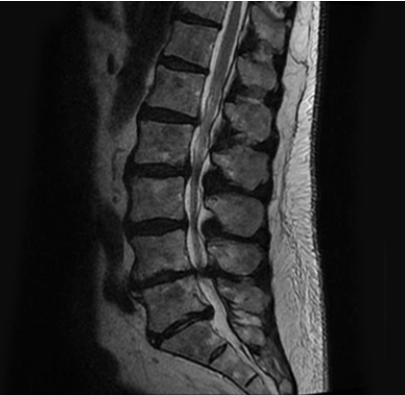What is a Disc Herniation?
A disc herniation occurs when the outer layer of an intervertebral disc (or the anulus fibrosis) tears allowing the inner gel-like substance (or the nucleus pulposus) to push outward. Occasionally, the herniation can push directly onto a nearby spinal nerve causing intense pain, numbness or tingling that travels into the arms or legs (depending on the level of the herniated disc). The intervertebral disc does have pain sensation itself, so a disc herniation can cause severe pain even when it is not pushing directly against a nerve.
What causes a Disc Herniation?
A disc herniation forms by excess pressure on the spine. When extra force is applied to the spine, the inner part of the disc (the nucleus pulposus) can be squeezed out of the disc. If the disc has already formed degenerative disc disease, there is a higher likelihood of a disc herniation due to the small tearing that occurs in the annulus fibrosus with this condition. Repetitive bending at the waist, twisting or lifting heavy objects puts extra stress on the spine and could result in a disc herniation.
How is a Disc Herniation Diagnosed?
A disc herniation may be highly suspected based on history and physical examination alone. It is not always necessary to perform advanced imaging of the spine given that many disc herniations improve well with conservative treatment alone. In some cases, advanced imaging is needed to rule out other causes.
How is a Disc Herniation treated?
In many cases, a disc herniation is treated successfully with conservative care. This means activity modification, anti-inflammatories (when appropriate), and physical therapy. When pain is too severe, it can be treated very effectively with epidural steroid injections. Sometimes, surgical referral is needed if conservative treatment is not helping.

